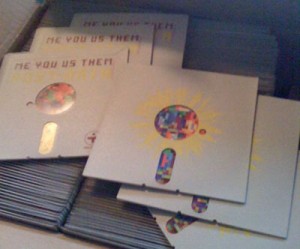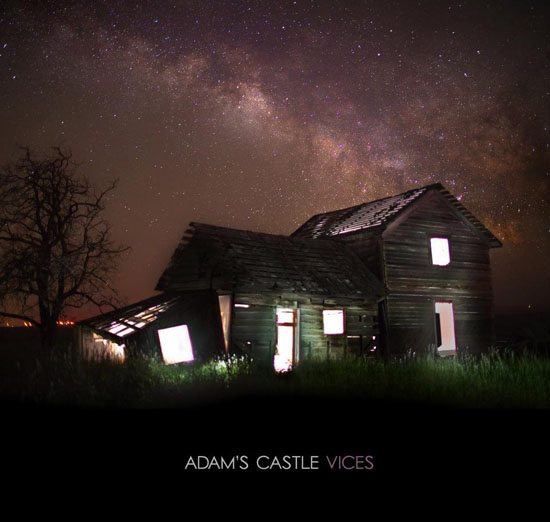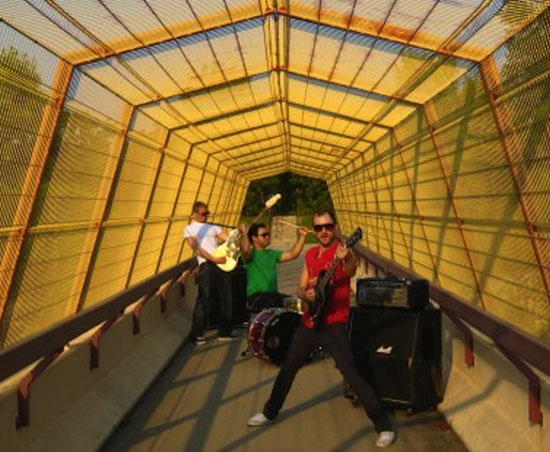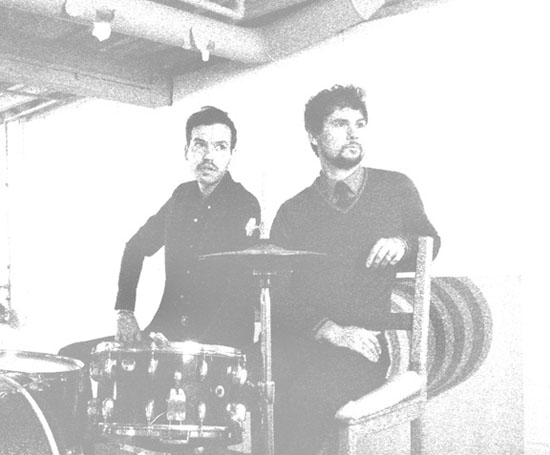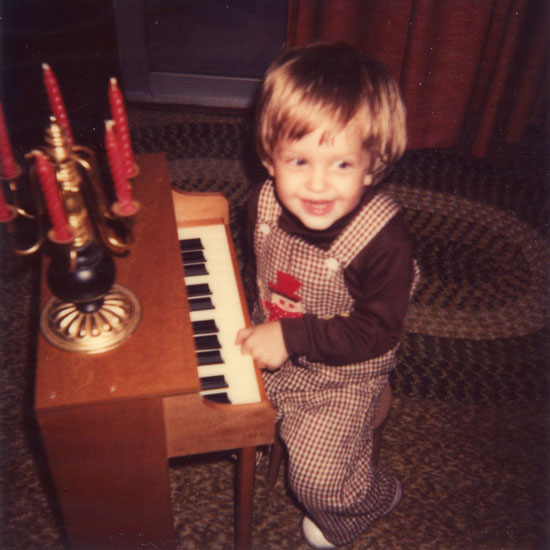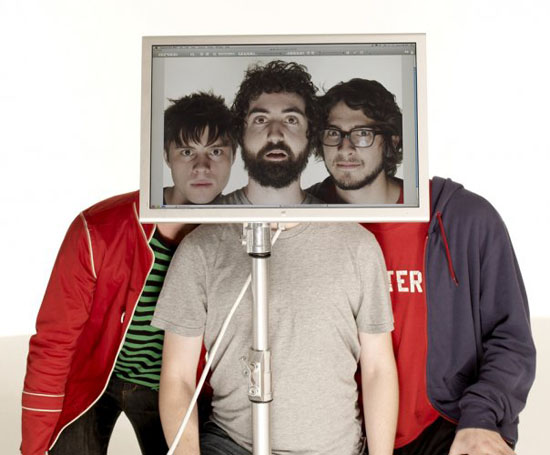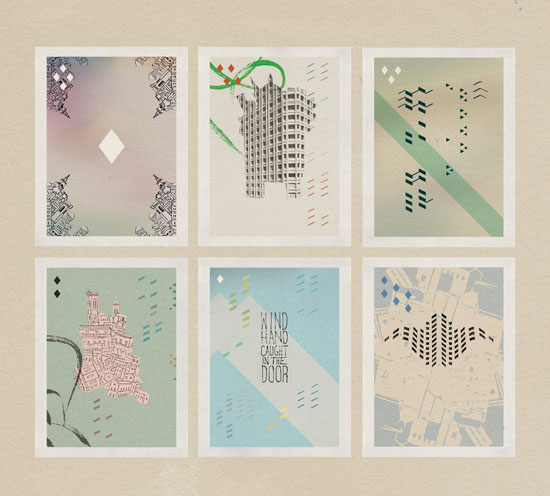NYC Indie Labels: Triple Down Records
WILLIAMSBURG: Sami Jano and Ron Wilde go back a ways – all the way back to teenagehood in Detroit, long before either ever imagined they’d one day be running a record label in New York City.
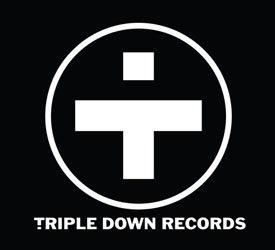
Est. 2008
The musician-friends had always run in overlapping music circles, and when they moved east, found many of their old and new friends were also Detroit-to-NYC transplants. Playing in bands and working day jobs as programmer (Wilde) and designer (Jano), they found themselves immersed in a new mini-scene of musician friends who were all at some level of getting bands off the ground.
“There were so many talented people around us,” says Jano, “And we felt like ‘the hell with it – instead of finding a label for each one of these bands, let’s just do it ourselves.’”
It’s a classic idea, and the back-story to most indie labels. But in launching Triple Down Records in 2008, Jano and Wilde took a very new-media approach in the execution.
“We basically do what a boutique creative agency does,” says Wilde. “Sami can do logos and design, and I can do web and strategy. The emerging business model in music happened to be, naturally, the kind of work we were already gravitating towards professionally.
“We’ve never done the label like the traditional model. We’re more like curators and designers, rather than sales people.”
And as such, they’ve cultivated a roster of artists under an organizing principle of personal taste for both the music and the people. Listening to their own bands’ music – Jano with his instrumental prog/post-rock trio Adam’s Castle, and Wilde with his solo electronic project Adaledge – would lead you to believe they’d lean pretty experimental, but instead you’ll find the catalog a mélange of “modern indie”: from the shoegazey (Me You Us Them) to the sublime (South South Million).
Inspired by labels like Warp, Sub Pop and Factory Records, the Triple Down founders have sights set on the legacy they’re building with each release. So while you may see a Chilean film composer (Andres Subecaseaux) next to a Fugazi-meets-Police indie-rock band (Appomattox), you might want to follow the thread.
In the meantime, Triple Down sustains itself on a very pure “if it hits, it hits” philosophy about selling records.
“The big labels invest in 20 bands at a time, and one of them becomes very, very successful to support the 19 failures,” Wilde notes. “Once I understood that, I had no interest in seeking out something because of its supposed commercial viability. I’m too conscious of the curation of the legacy of our label to compromise it like that.”
So, they’ve opted for a simpler plan: develop music they love, and be innovative about how they present it. If it’s good enough, fans will find it. The shoegazey indie rock quartet Me You Us Them is a nice illustration of the Triple Down effect: They were a two-piece playing with a drum machine when Jano and Wilde first heard them, and saw the potential for much more.
“We helped them to put a band together and develop their presence,” says Jano. “Now, there’s a clear brand, and all of their releases and merch makes sense as part of an overall picture. When someone buys a Me You Us Them record, you’ll see they often come back a week later to buy a tee-shirt, and then a limited edition vinyl, etc.”
This is where Triple Down concentrates much of its efforts. They’re designers after all. “We love the custom packaging part of the business,” says Jano. “We still do that when it will pay for itself.”
For Me You Us Them, they modified and silk-screened hundreds of 5 ¼” floppy disks as CD packaging for a limited edition release. More recently, the cover art to a South South Million release inspired the idea to create a custom cigarette pack with download code. “We’ll roll the cigarettes ourselves, and sell them at shows,” Jano adds.
Aside from these limited-edition products and variations on each record launch, Triple Down has sustained itself over the last few years by streamlining operations. “We’ve shrunk the overhead completely by largely cutting out CDs and postage, and going straight digital,” Jano says.
They make their own posters in-house, and they’ve streamlined the artist websites and online store. “Now every artist website should look like the South South Million site,” says Jano, “which is even simpler than Bandcamp.
“The goal is to drive you to one purpose – the music. The sites also funnel everyone back through our store so we’re not sharing with iTunes or any other distributor. This way whatever fanfare we do generate is very much ours.”
And one of their latest releases, by South South Million, is likely to generate some fanfare. “We are huge fans of this record,” Wilde says of South South Million, the side project of two musicians from the band Zoos of Berlin, and one of the few Triple Down acts still based in Detroit.
No doubt, South South Million’s blissful collage of ambient electronics, found-sound samples and looping melodies on Wind Hand Caught in the Door is a transporting set, composed with a rich, adventurous palette. Stream it here – If this is your first introduction to Triple Down, you’ll likely be back for more.
Visit Triple Down Records at http://www.tripledownrecords.com. And scroll down for a gallery of Triple Down images…
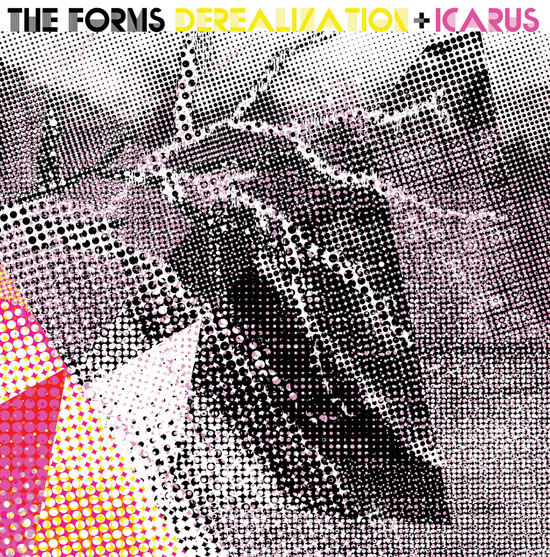
Triple Down put out the 180-gram vinyl of The Forms EP "Derealization" (Side One), and their debut LP, "Icarus" (Side Two), w/ download code + poster.
Please note: When you buy products through links on this page, we may earn an affiliate commission.








